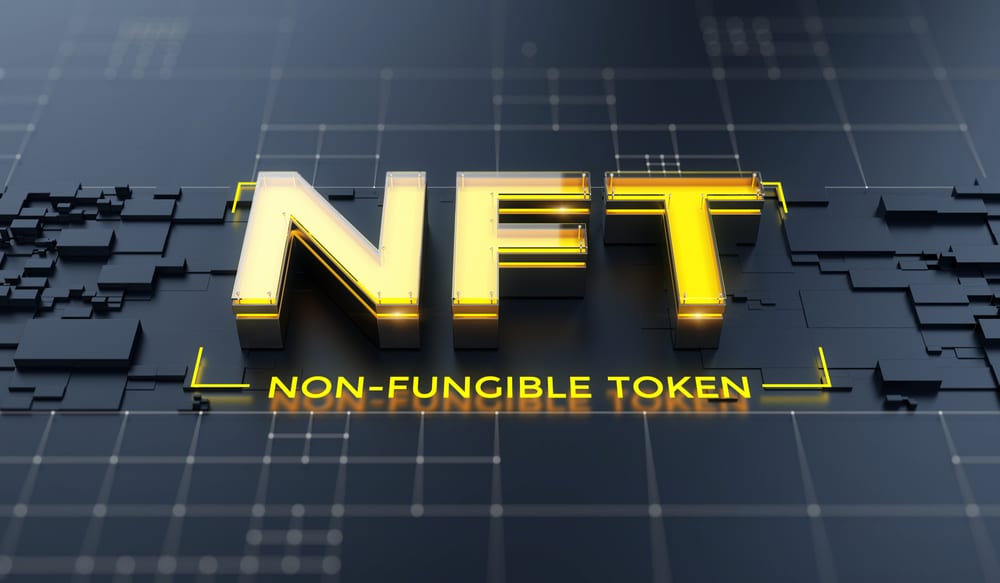Understanding Non-Transferable Tokens (NTTs) and Their Role

This guide aims to elucidate the inner workings of Non-Transferable Tokens (NTTs), a refined version of the well-known non-fungible tokens (NFTs). It strives to address the myriad inquiries surrounding this emergent technological refinement.
With constant developments in cryptocurrency and blockchain, there has been a proactive endeavor to address the challenges in these sectors. Trust has been a significant point of contention in the blockchain domain, characterized by falsified digital asset validations and illicit activities involving transferable tokens.
This article offers insights into Non-Transferable Tokens (NTTs) functionality, which can be seen as a progression from non-fungible tokens (NFTs). What transformations can NTT bring to digital assets? How do these immutable tokens validate ownership? What rationale lies behind rendering tokens non-transferable? Are there merits associated with NTTs? This resource seeks to demystify these and related aspects of the conceptualized innovation.
Understanding Non-Transferable Tokens: An Evolution of NFTs
Non-transferable tokens (NTTs) are immutable digital representations designed to act as identity markers within a decentralized context. While NFTs can be transferred between users, NTTs remain anchored to their original holder. NTTs are called soulbound tokens (SBTs) because of their memorable association with a specific digital wallet.
SBTs are conceived to bolster trust, authenticity, and association on the Web3 network. This token variant is envisioned to safeguard the reputation of various Web3 initiatives. An SBT could encompass data about the holder’s affiliations, qualifications, and recognitions, potentially serving as digital resumes, academic testimonials, or attendance proofs. By utilizing SBTs, one’s digital stature in the Web3 ecosystem remains untradeable.
Origins of the Soulbound Notion
This idea of “soulbound” draws inspiration from the virtual realm of the game “World of Witchcraft,” where certain untradeable items are termed soul-bound. These items can only be acquired by players through specific in-game challenges. The game’s design philosophy restricts players from procuring these potent items using in-game currency or other transactional means.
Vitalik Buterin, Ethereum’s co-founder, in collaboration with Puja Ohlhaver and E.Glen Weyl, introduced the concept of SoulBound NFT in a scholarly discourse titled “Decentralized Society: Finding Web3’s Soul.” Anticipating the proposal’s official unveiling in May 2022, Buterin shared glimpses of the concept in a blog post in January 2022.
After introducing the SBT whitepaper, Idexo claimed precedence, unveiling a similar concept in April 2021. This avant-garde NFT platform minted its own immutable Early Adopter NFT, linked to the holder’s telegram username. Subsequently, Idexo incorporated the ability to produce SBTs on multiple blockchain systems within its SDK.
The Mechanism of NTTs
It’s reasonable to ponder if NTTs operate distinctly from NFTs. Essentially, the soulbound mechanism mirrors NFTs, with the sole distinction being its non-transferable nature. Specific digital wallets or entities can generate, hold, and designate SBTs.
In contrast to NFTs, NTT transactions are uni-directional. Only the original creators of SBTs can allocate a token to a recipient’s address. This transactional model ensures transparent verification of the SBT, originator, and the final holder. Consequently, SBTs are not commercialized, meaning that NTTs must possess a conventional market valuation. This characteristic of NTTs allows for open validation of the relationship between the holder and the originating entities.
Advantages of NTTs
The recent evolution of NFTs, known as NTTs, offers multiple advantages. Trust is a significant concern in the Web3 environment, especially given the inherent anonymity. This trust concern often becomes a focal point of disagreement among financial and business professionals. NTTs not only establish the ownership of an asset but also significantly validate the owner’s reputation. Before initiating a transaction, Web3 participants can review the transactional history of an anonymous Web3 entity.
Additionally, non-transferable tokens (NTTs) can verify a job candidate’s professional history and establish a social identity within the decentralized framework. The potential of these evolved NFTs could be as transformative as the original utility of NFTs.
Applications of NTTs
NTTs have a broad range of potential applications within the decentralized ecosystem. It’s worth mentioning that many of these proposed applications remain theoretical. Some of the potential applications of NTTs include:
- Establishing asset provenance: NTTs can pinpoint the origin of NFTs and other digital assets. Previously, artists had to access platforms like Twitter or OpenSea to verify NFT authenticity. With NTTs, such verification processes become streamlined.
- Decentralized finance (DeFi) enhancement: NTTs, called soulbound tokens, may change the dynamics in DeFi lending, enabling uncollateralized loans through unique token interactions.
- Airdrop improvement: There are instances when a few crypto enthusiasts acquire most of a new project’s airdrops. NTTs can facilitate a more targeted token distribution.
- Enhanced system security: In DAO settings, vulnerabilities exist where entities can gain control by acquiring most tokens. Before granting voting powers, NTTs can add validation layers, such as academic qualifications or endorsements.
- Digital academic certification: Educational institutions can utilize NTTs to issue digital attendance records or academic certificates, simplifying the verification process for job candidates.
- Digital resumes: NTTs can act as unique, publicly verified resumes endorsed by former employers or academic bodies.
- Health record digitization: For patients who switch healthcare providers, NTTs can serve as a digital health record, potentially reducing the reliance on paper documents.
Conclusion
The blockchain ecosystem persistently addresses challenges within Web3. Various solutions have been adapted to address specific problems. Introducing NTTs to the Web3 domain aims to handle issues related to personalization and trust. The applications of NTTs are likely to expand as their potential is further realized, especially when platforms like Ethereum incorporate them. However, it’s important to note potential complications, especially when multiple experimental applications intersect.
While NTTs enhance transparency, they may also bring about privacy concerns. They could reveal sensitive owner details, potentially undermining the anonymity that blockchain technology traditionally provides.
DISCLAIMER: It's essential to understand that the articles on this site are not meant to serve as, nor should it be construed as, advice in legal, tax, investment, financial, or any other professional context. You should only invest an amount that you are prepared to lose, and it's advisable to consult with an independent financial expert if you're uncertain. To obtain more information, kindly examine the terms of service and the assistance and support resources made available by the issuing or advertising entity. Our website is committed to delivering accurate and unbiased news, yet it's important to note that market conditions may change rapidly. Also, be aware that some (but not all) articles on our site are compensated or sponsored.








